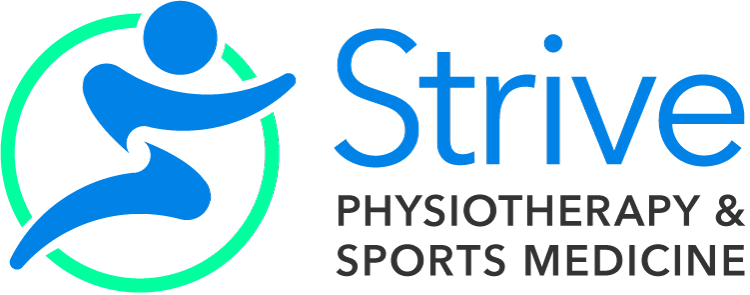Treat Your Injuries with PEACE and LOVE
After experiencing an acute injury such as an ankle sprain, we often think to apply ice, take anti-inflammatories, and hope for a quick recovery. Although using ice and anti-inflammatories have been common ways to manage acute injuries in the past, research has shown that these treatment strategies do not address the full spectrum of care and may even compromise our body’s natural healing process. A new acronym: PEACE and LOVE has been developed in order to address the multi-faceted approach to optimizing recovery. To help you understand how to apply PEACE and LOVE, let’s use an ankle sprain as an example.
The PEACE acronym is to address IMMEDIATE care post-injury:
P – PROTECTION:
Unload or restrict movement for 1-3 days, or longer for more severe injury.
For example, using a crutch or ankle brace can help to unload and limit movement at the ankle.
E – ELEVATE:
Elevate the limb higher than the heart to reduce swelling.
For example, lie down and place your ankle on a few cushions with an additional cushion under your knee to support your leg.
A – AVOID ANTI-INFLAMMATORY MODALITIES:
Inflammation is the body’s mechanism to promote healing of the injured area. Stopping this critical process may impact the body’s ability to heal. Although ice may help to reduce pain, there is no evidence that it helps with healing as it also acts to inhibit the body’s natural healing process.
For example, avoid immediate application of ice packs and anti-inflammatory medications to promote faster healing.
C – COMPRESSION:
Taping and bandages can help to reduce swelling and/or bleeding.
For example, bandages can be applied to the ankle in a figure 8 pattern in order to reduce swelling. Bandages and taping can be purchased as your local pharmacy. You may contact your Physiotherapist if you require assistance with application of the tape or bandage.
E – EDUCATE:
Seek the advice of a registered Physiotherapist to guide you through an active and individualized recovery program. Avoid relying on passive treatment options.
For example, your Physiotherapist can provide you with an active program to decrease pain, reduce swelling, and improve ankle range of motion. Exercises may include ankle circles, flexing and pointing your ankle, and gentle calf stretches.
The LOVE acronym is to address REHAB, generally a few days post injury:
L – LOAD:
Begin to load the injured area as tolerated. This will allow strength to build in the affected areas.
For example, you may start to apply weight onto the ankle as tolerated. You may hold onto a counter or railing to provide additional support as needed.
O – OPTIMISM:
Staying positive and realistic about your recovery can condition your brain for optimal recovery.
For example, most individuals will recover within 4 weeks to 6 months depending on the severity of the injury. Listen to your body and allow yourself time to heal. You can do this!
V – VASCULARIZATION:
Pain-free aerobic activity helps to promote blood flow to the injured area. Early movement can also help with motivation through the recovery process. Cardiovascular exercise improves physical function and can help to reduce pain.
For example, some cardiovascular exercise options include cycling, swimming, fast-paced walking, or running, depending on your stage of healing.
E – EXERCISE:
Exercises to improve strength and mobility will improve outcomes and will reduce the risk of re-injury. Avoid exercises that cause pain and listen to your body when progressing to more advanced exercises.
For example, exercises including heel raises, resisted ankle movements with exercise bands, and single leg balance, will help to strengthen your ankle and provide the stability you require for a full recovery.
Each individual will have a unique experience and response to injury. It is recommended to seek the professional advice of a Physiotherapist in order to assist you in creating a safe, effective, and individualized program so that you can resolve your pain and return to your regular activities as soon as possible!
To view a printable version of the information above, with images, check out the PEACE and LOVE beginner exercise program.
This information has been adapted from the following web page: PEACE & LOVE: New acronym for the treatment of traumatic injuries – YouTube

